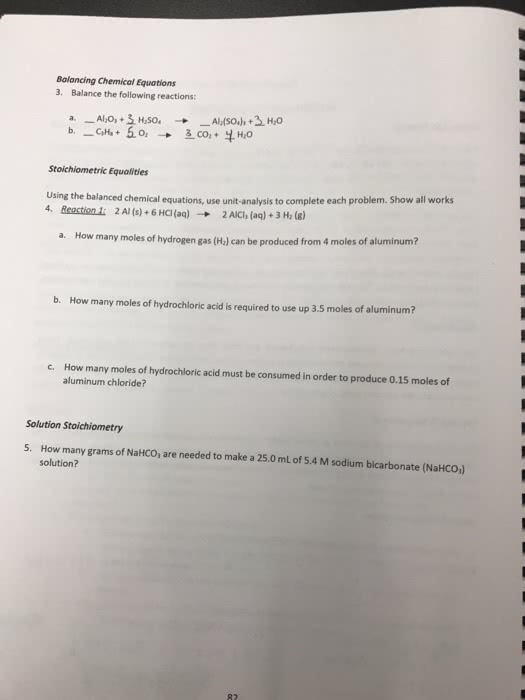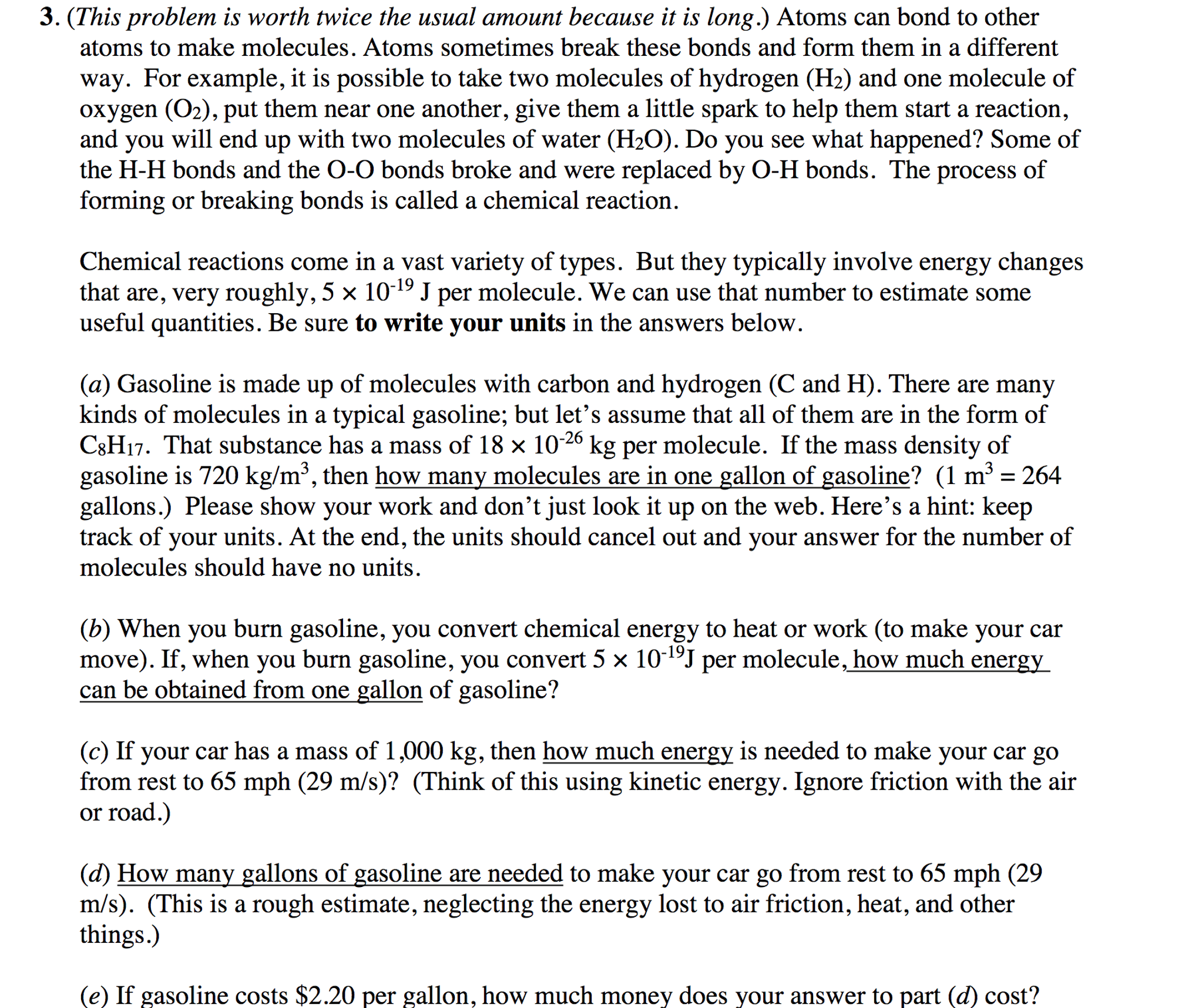CHEM103 Lecture Notes - Lecture 2: Nonmetal, Chlorine, Solubility
31 views13 pages
27 Mar 2018
School
Department
Course
Professor
Document Summary
A chemical change is one in which bonds are broken or formed. Atoms rearrange and the structures of molecules are changed. Since chemical bonds store energy, chemical reactions can consume or release energy. 4 al(s) + 3 o 2 (g) 2 al 2 o 3 (s) 4 al atoms + 3 o 2 molecules react to give 2 molecules (units) of al 2 o 3. 4 moles of al + 3 moles of o 2 react to give 2 moles of al 2 o 3. An is used to show the conversion from reactants (consumed) to products (produced) For reversible reactions, a double arrow is used. The amount of each particle is shown with a number in front of the particle, called a stoichiometric coefficient. Stoichiometric coefficients show the number of that type of particle, counted either as particles or moles. The letters: s, l, g, and aq show the physical state of the substance.
Get access
Grade+20% off
$8 USD/m$10 USD/m
Billed $96 USD annually

Homework Help
Study Guides
Textbook Solutions
Class Notes
Textbook Notes
Booster Class
40 Verified Answers
Class+
$8 USD/m
Billed $96 USD annually

Homework Help
Study Guides
Textbook Solutions
Class Notes
Textbook Notes
Booster Class
30 Verified Answers
Related textbook solutions
Chemistry: Structure and Properties
2 Edition,
Tro
ISBN: 9780134293936
Basic Chemistry
5 Edition,
Timberlake
ISBN: 9780134138046
Principles of Chemistry Molecular Approach
4th Edition,
Tro
ISBN: 9780134112831
Principles of Chemistry Molecular Approach
3rd Edition, 2014
Tro
ISBN: 9780321971944
Chemistry: Structure and Properties
2nd Edition,
Tro
ISBN: 9780134293936
Chemistry: A Molecular Approach
3rd Edition,
Tro
ISBN: 9780321809247
Chemistry: A Molecular Approach
5th Edition,
Tro
ISBN: 9780134874371
Principles of Chemistry: A Molecular Approach
4th Edition,
Tro
ISBN: 9780134895741
Chemistry: The Central Science
14th Edition, 2017
Brown
ISBN: 9780134414232

